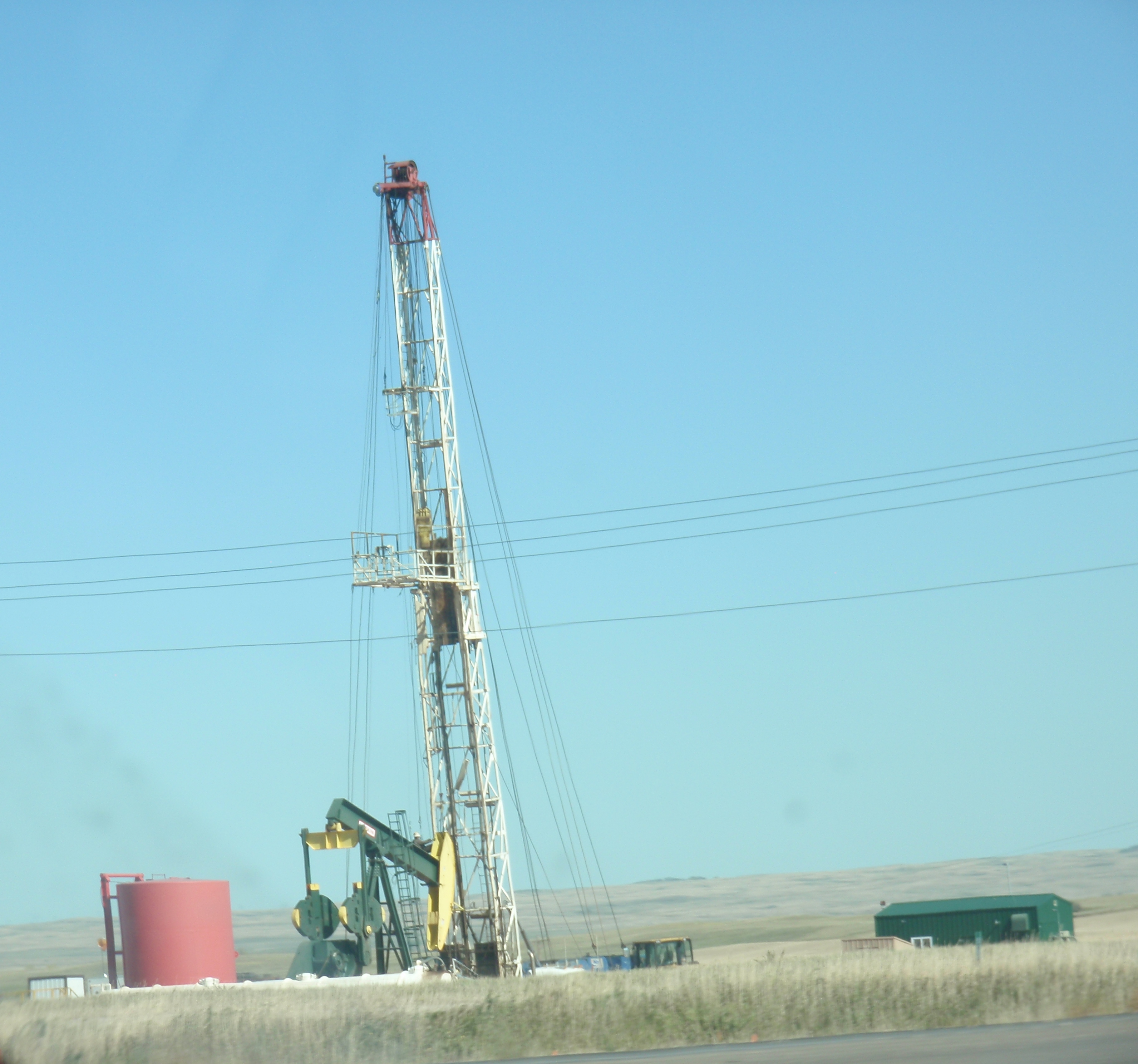
Horizontal drilling and hydraulic fracturing has turned the energy world upside down. The massive transition isn’t over. A few articles on resilience of the industry.
Oh, and a university report showing no ground water contamination from fracking will be kept from public view. Why? Actual research results contradict the researcher’s stated agenda.
3/9 – Reuters – Forget fracking. Choking and lifting are latest efforts to stem U.S. shale bust – Never bet against human ingenuity. Article addresses two more ways brilliant minds in the oil industry are addressing the Saudi-inspired price collapse.
Choking.
Lifting.
When a shale well comes on-line there is a huge burst of production which tails off rapidly. Article says the IP can drop 70% in 90 days. Choking involves slowing the initial surge to draw the oil out slowly over a longer period of time.
This explains why the number of new wells has dropped rapidly while production is only now starting to decline slowly. Given the rapid production drop that is typical in a new well, production in North Dakota should be plummeting instead of merely dropping 2.5% or 0.4% a month.
Why is production not dropping? Producers are choking back.
Several techniques can improve production on an old well. Injecting chemicals or gas, reworking the well, or installing additional pumping systems. These are referred to as lifting.
Article says that with lift techniques, production can often be brought back to half or three-quarters of the IP. That would be a huge increase for an older well.
Both of those techniques improve production results.
Choking and lifting – two more factors the Saudis likely didn’t consider.
Imagine that. Creativity improves output. Who’d ‘a thunk it?
3/2 – The Free Press Standard – University of Cincinnati study finds fracking’s bad rap is not supported – Check out this report for an indication of what agenda-driven science looks like.
A three-year research project by a team from the University of Cincinnati did not find any indication of water wells being contaminated by fracking. The professor leading the study said the groups funding the research were disappointed in the results. The professor stated the funders wanted a research project that could be used to help ban fracking.
The professor said the results of the project would not be publicized. Obviously, the reason is it didn’t give the results that were desired.
This reveals the agenda of the funders, the agenda of the entire research project, and the agenda of the professor.
The only information visible about the research proves the opposite of the agenda. Every well tested in the local area had nothing. There is zero correlation between the amount of methane in water wells and the distance from a fracked gas well. In fact the water well with the highest level of methane was 5 miles from the nearest frack site.
Obvious conclusion from the information mentioned in the article would be that methane is naturally occurring in water wells independent of whatever fracking is going on. Reaching that conclusion would require the researchers to actually apply the scientific method, which is a massively inappropriate assumption based on the lead researcher’s visible agenda.
4/12 – KFYR TV – Bakken has the Lowest Average Drilling and Completion Costs in the Country – Study by Energy Information Administration finds the cost of drilling and completing a well in Bakken is lower than the cost for other areas, even though wells in the Bakken field are deeper, typically two miles down and two miles out.
Average cost was $7.1M in 2014 and dropped to $5.9M, with the precise time for that amount not identified.
One thought on “The energy revolution driven by fracking isn’t over – 1 of 2”